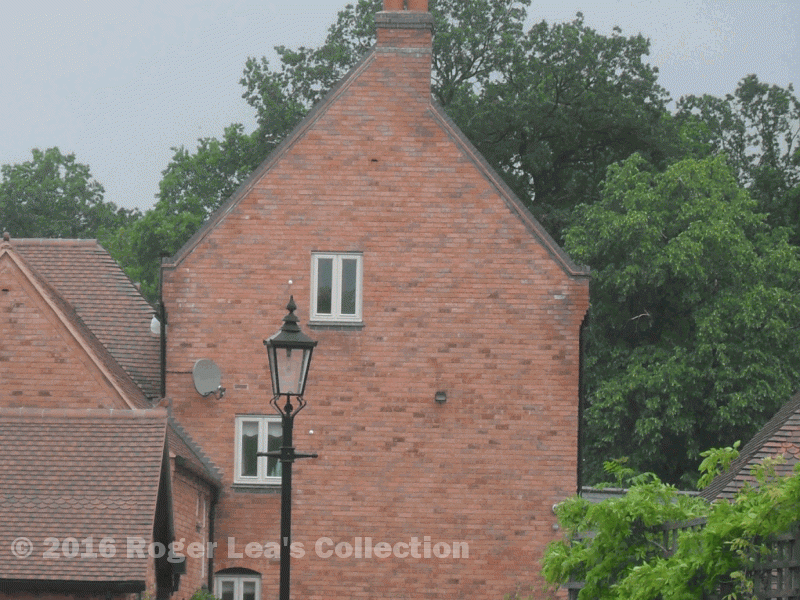The account of Robert Kelynge, the bailiff of Sutton, for the year 1433 survives in the Stratford Record Office. He recorded all the income and expenditure for the year for the Lord of the Manor, who was Richard Beauchamp, Earl of Warwick. One of the headings in the account is Manorial income, that is, for the demesne property directly owned by the lord of the manor. Le Newshippen comes under this heading, with its four 40-acre fields, the fieldnames being Stoking, Grenestyfeld, New Park and the Olderedyng; the annual rent was £4.12s. 8d, tenant John Verney for life, this being his 13th year.
New Shippen means “New Dairy Farm”, and the lease of it was a valued possession, John Verney being the Earl’s Receiver General at the time. Most of the land lay between Penns Lane and Wylde Green Road, but the buildings were to the north of Wylde Green Road, fronting the open common (now Walmley Road).
In 1528 Sutton became a self-governing town thanks to a royal Charter, with a Warden and Society instead of a Mayor and Corporation. The Warden and Society took over the role of lord of the manor as regards the demesne property, and in 1547 they granted a lease of New Shipton Farm to Humphrey Fisher for 80 years at an annual rent of £4 16s. 8d.
By 1617 Humphrey’s descendant, William Fisher, was the outright owner of New Shipton, thanks to changes in property law and a complaisant Warden. The forty-acre fields had been subdivided, and a water mill had been built on the former New Park Field (“a corn, blade and fulling mill at Eachelhurst lately occupied by John Penn”). William Fisher sold Penns Mill and forty acres of land to Robert Shilton of Birmingham, reducing the size of the farm to 120 acres.
Some time in the 17th century the 120-acre farm became part of the New Hall estate. George Sacheverell of New Hall mortgaged New Shipton in 1673 to raise £1000. In his will George Sacheverell bequeathed “his Antient Messuage or Farmhouse called New Shipton now in the occupation of John Dawson” to his niece Katherine Floyer, wife of Ralph Floyer of Hints.
When George Sacheverell died in 1715 the buildings consisted of a dilapidated farmhouse (the “Antient Messuage or Farmhouse) and a huge barn (the medieval barn, a listed building, which has recently been restored and converted to commercial use). The Floyers were good landlords, and soon the old farmhouse had been replaced by an up-to-date brick building.
